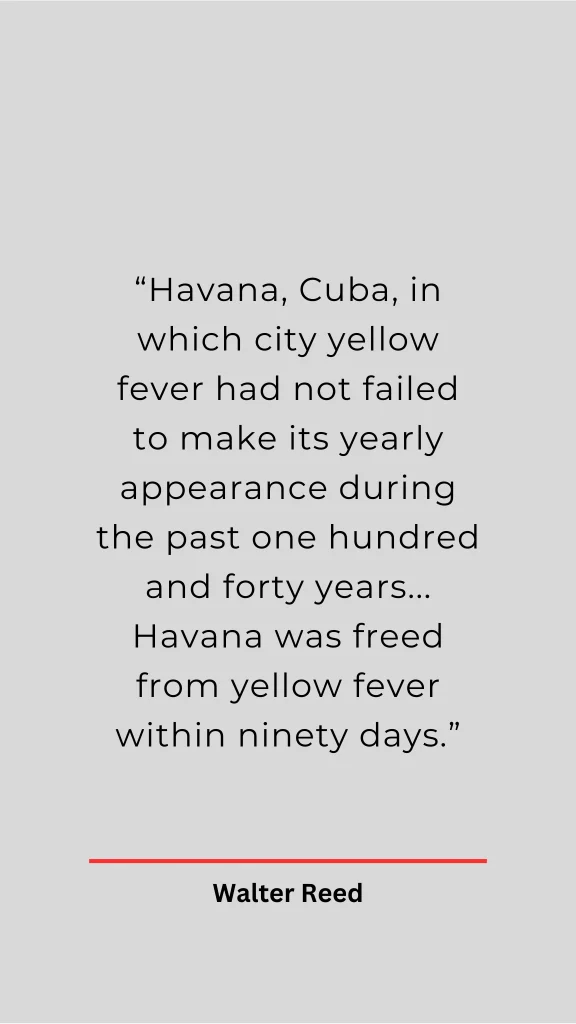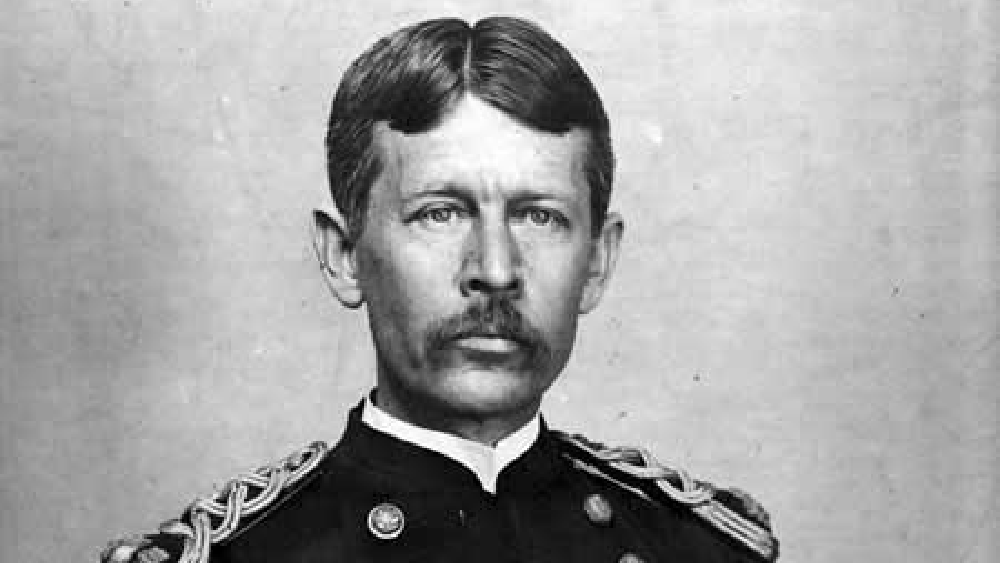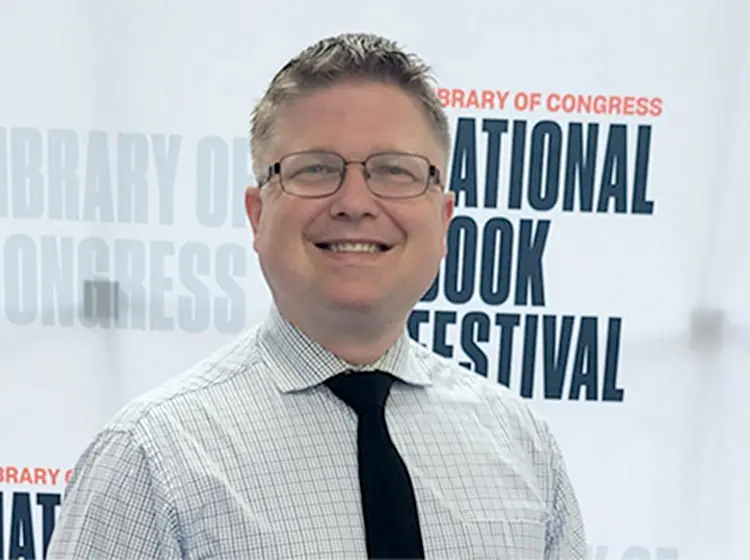Walter Reed’s contributions to medical science were monumental. As a U.S. Army physician, he played a crucial role in proving that mosquitoes transmitted yellow fever. His groundbreaking research not only saved countless lives but also enabled the successful completion of the Panama Canal. Today, his legacy endures through the Walter Reed National Military Medical Center, one of the most prestigious medical institutions in the United States.
Early Life and Medical Career
Walter Reed was born on September 13, 1851, in Belroi, Virginia. A prodigious student, he entered the University of Virginia at just 16 years old, earning his medical degree by the age of 18. He later pursued further medical training at the Bellevue Hospital Medical College in New York City.
Reed joined the U.S. Army Medical Corps in 1875, a career that took him to various military outposts. His early work exposed him to infectious diseases, sparking his interest in epidemiology. Over time, his expertise in bacteriology and pathology grew, setting the stage for his most significant contribution to medical science.
The Fight Against Yellow Fever
At the turn of the 20th century, yellow fever posed a severe threat, particularly in tropical regions. The disease, characterized by fever, jaundice, and internal bleeding, claimed thousands of lives annually. Medical professionals struggled to determine its cause and how it spread.
In 1900, Reed was appointed head of the U.S. Army Yellow Fever Commission in Cuba, where outbreaks were rampant. At the time, the prevailing theory was that yellow fever spread through direct contact with infected individuals or contaminated objects. However, Cuban physician Dr. Carlos Finlay had suggested that mosquitoes might be responsible for transmitting the disease.
Walter Reed and his team set out to test Finlay’s hypothesis. Through meticulously designed experiments, they exposed volunteers to contaminated clothing and bedding from yellow fever patients—none of them fell ill. However, when they allowed mosquitoes that had bitten yellow fever patients to bite healthy individuals, the volunteers developed the disease.
Their findings, published in 1901, confirmed that yellow fever was transmitted by the Aedes aegypti mosquito. This discovery revolutionized public health efforts and disease control measures.
Impact on the Panama Canal and Global Health
Reed’s research had immediate and profound implications. With proof that mosquitoes carried yellow fever, efforts shifted to eradicating the insects. Under the leadership of Dr. William C. Gorgas, mosquito control measures—such as draining stagnant water, fumigating buildings, and using protective screens—were implemented in Havana and later in Panama.
These efforts dramatically reduced yellow fever cases, making it possible to complete the construction of the Panama Canal, a vital link between the Atlantic and Pacific Oceans. Without Reed’s discoveries, the canal project might have been abandoned due to the high mortality rate among workers.
Beyond the Panama Canal, Reed’s work laid the foundation for vector control strategies that continue to combat mosquito-borne diseases, including malaria and dengue fever.

The Legacy of Walter Reed
Walter Reed’s untimely death in 1902, at the age of 51, was a great loss to the medical community. However, his contributions endure through ongoing research and disease prevention efforts. In recognition of his impact, the Walter Reed National Military Medical Center in Bethesda, Maryland, was named in his honor. As a premier military medical facility, it continues to provide cutting-edge healthcare to service members, veterans, and their families.
Reed’s pioneering research not only helped conquer yellow fever but also transformed medical research methodologies. His commitment to scientific inquiry and public health remains an inspiration to researchers and medical professionals worldwide.
Conclusion
Walter Reed’s work forever changed the course of medicine and public health. By proving that mosquitoes transmitted yellow fever, he helped save millions of lives and facilitated one of the greatest engineering feats in history—the Panama Canal. His legacy lives on, reminding us of the power of science to conquer disease and improve human health. As we continue to battle mosquito-borne illnesses today, Reed’s contributions serve as a cornerstone of modern epidemiology and vector control strategies.










